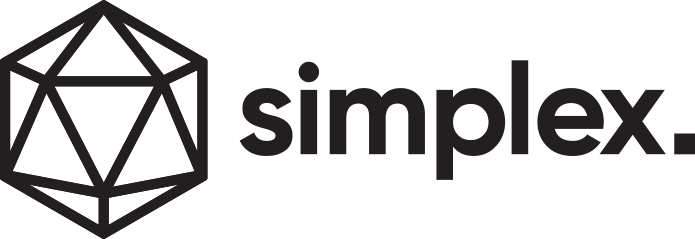Você fez CRO e nem percebeu
Tempo estimado de leitura: 4 minutos
Suponha que você tenha uma página que atraia 1.000 visitantes por mês e essa página tenha uma taxa de conversão de 10%. Para aumentar suas vendas, você não precisa trazer mais tráfego; você pode melhorar a conversão do tráfego que você já possui. Essas ações aumentaram a sua taxa de conversão e agora você recebe 200 conversões.
Você não precisava criar outra página ou produzir novos materiais; você apenas melhorou o que já tinha. Parabéns, você fez CRO e nem percebeu. Legal né?
Entendendo o que é conversão
Mas, antes de falar sobre conversão e como otimizar as taxas de conversão, você deve entender que uma conversão, que faz parte do acrônimo CRO (Otimização da taxa de conversão), é muito mais extensa do que apenas transformar um visitante em um lead ou uma venda . Envolve várias ações que um visitante pode praticar em um site.
Por exemplo, o visitante pode clicar em um banner que o leva a outro lugar, ou fazer uma solicitação de contato com um vendedor, ou talvez comprar algo em seu site, ou iniciar uma avaliação de software, de qualquer forma, existem muitas de possibilidades que poderiam ser uma conversão.
Definir o tipo de conversão que faz sentido para você requer conhecer seus resultados. Com isso, você pode saber quais técnicas de CRO você deve usar. Por exemplo, se for geração de leads, ter Formulários em Landing Pages fazem todo o sentido. Se a ideia é aumentar as vendas no seu ecommerce, considere as otimizações, como botões que incentivam registro.
Sobre Taxa de Conversão
Como dissemos, além das conversões, outro conceito a ser dominado ao lidar com CRO é a taxa de conversão. É essencial entender esse conceito para saber a eficiência das suas páginas e acompanhar os resultados gerais dos negócios.
Ilustrando:
Imagine que estamos calculando a taxa de conversão de Visitantes que se tornam Leads. O objetivo é capturar contatos daqueles que navegaram no site. E com isso, saber quem eles são para nutri-los mais tarde. Vamos imaginar que nosso site tenha 10.000 acessos e, em um determinado período, 500 pessoas preencheram o formulário. Isso significa que tivemos uma taxa de conversão de 5% de visitantes em leads.
O ponto positivo da taxa de conversão é que ela pode ser calculada em todas as etapas do funil de vendas: de cima para meio, do meio para baixo, etc. Assim, você pode diagnosticar onde estão os gargalos e onde a estratégia é mais fraca e precisa ser otimizada.É fundamental conhecer as métricas que você deseja analisar em cada estágio e também ter um diagnóstico geral do desempenho do seu site. Esse conhecimento facilita a orientação dos esforços corretos para as necessidades corretas.



